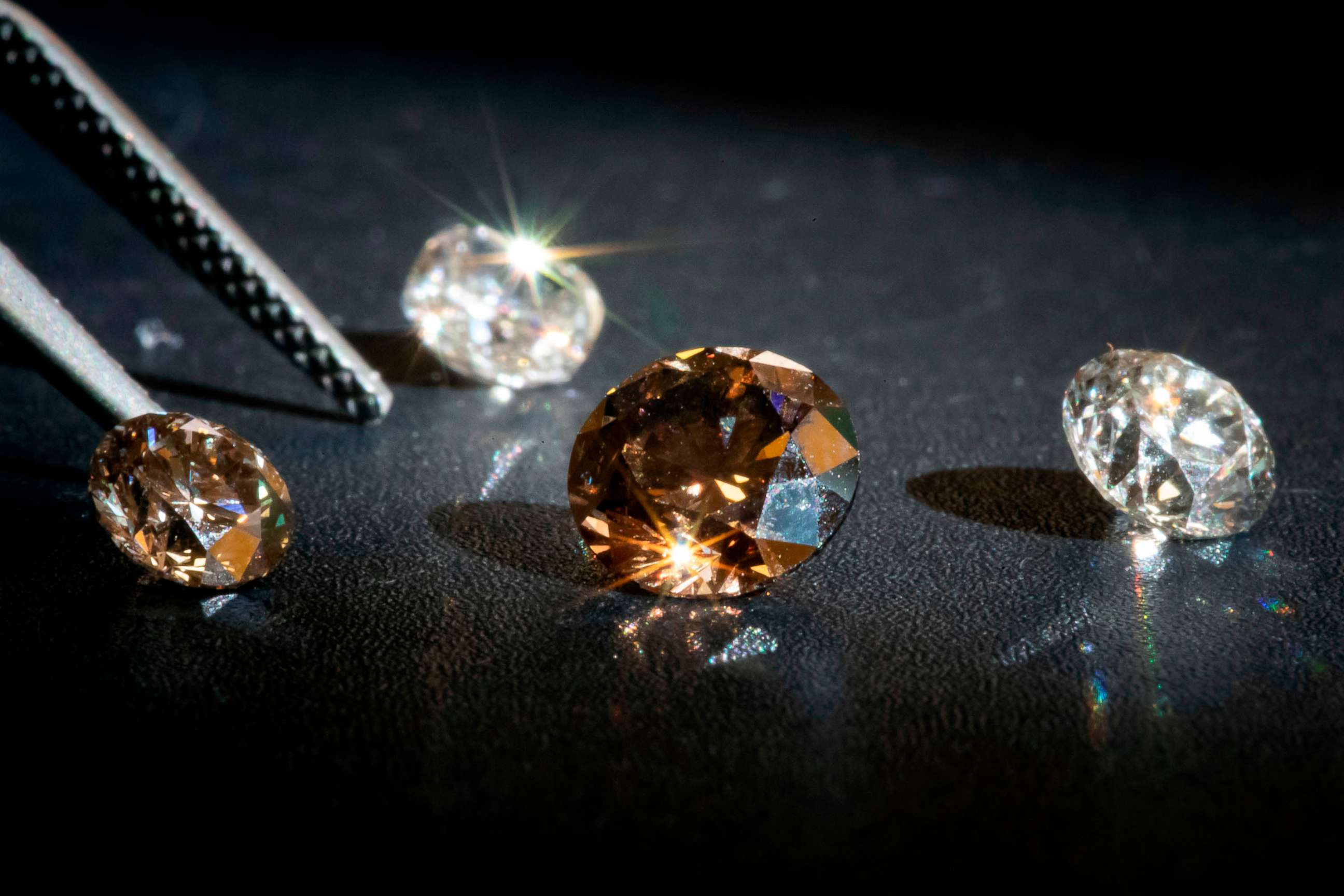
Rings have adorned human fingers for thousands of years, symbolizing everything from eternal love to political power.
Today, their styles and purposes are more varied than ever, reflecting the ongoing evolution of culture, technology, and fashion.
In this article, we will take an in-depth look at the development of rings through time, exploring their history, cultural relevance, and the innovations that continue to shape the jewelry world.
Ancient Origins: The Birth of Rings
The earliest rings date back to around 2500 BCE in ancient Egypt.
Crafted from simple materials like reeds and leather, these early rings were exchanged as tokens of affection or status.
Rings in Ancient Civilizations:
- Egyptians: Rings symbolized eternal life, often featuring scarab designs.
- Sumerians: Used rings during ceremonies and trade agreements.
- Greeks and Romans: Rings began incorporating metals like iron, gold, and silver.
Fun Fact: Roman men often wore “iron rings” at home and switched to “gold rings” when attending public events to display wealth.
Rings in the Middle Ages: From Symbolism to Power
During the Middle Ages (5th–15th centuries), rings transcended simple ornamentation and became powerful political and religious symbols.
Key Developments:
- Signet Rings: Nobles and kings used engraved rings to seal official documents.
- Ecclesiastical Rings: Bishops and popes wore rings to signify religious authority.
- Romantic Rings: The first “posy rings” (engraved with short poems) appeared among lovers.
Did You Know? The tradition of the engagement ring began during this period, popularized by aristocrats in Europe.
Rings Across Cultures: A Global Perspective
Different societies developed unique traditions around rings:
| Culture | Ring Type | Meaning |
|---|---|---|
| India | Toe Rings (Bichiya) | Worn by married women. |
| China | Thumb Rings | Worn by archers, later as status symbols. |
| Africa | Tribal Rings | Represented wealth and clan identity. |
These diverse practices show how rings became woven into the fabric of daily life across continents.
The Renaissance and Beyond: Rings as Art
In the Renaissance (14th–17th centuries), jewelry became a form of artistic expression.
Rings began featuring intricate designs, colorful gemstones, and detailed engravings.
Highlights:
- Enamel work became popular in France and Italy.
- Birthstones began to be associated with personal identity.
- Romantic symbolism flourished with designs like clasped hands (fede rings).
The Industrial Revolution: Mass Production Changes Everything
The 18th and 19th centuries brought about technological advances that revolutionized ring making.
Key Innovations:
- Steam-powered machinery: Enabled mass production of jewelry.
- Electroplating: Made gold and silver plating more accessible.
- Standardized sizing: Allowed rings to be manufactured in different sizes easily.
Impact: Rings were no longer exclusive to the wealthy; middle-class citizens could now afford beautiful jewelry.
Modern Times: Rings for Every Occasion
By the 20th century, rings diversified beyond engagement and wedding bands.
Notable Trends:
- Art Deco (1920s): Geometric designs and bold gemstones.
- Mid-century Modern (1950s): Sleek, minimalist styles.
- Pop Culture Influence (1990s onward): Rings inspired by movies, TV shows, and celebrities.
Today, rings symbolize friendship, achievements, anniversaries, and even personal milestones like self-love.
The 21st Century: Innovation Meets Tradition
The new millennium has witnessed groundbreaking innovations in ring design and manufacturing.
Major Innovations:
- Lab-grown diamonds: Ethical and environmentally friendly alternatives to mined diamonds.
- Custom 3D printing: Allows personalized designs that were once impossible.
- Smart Rings: Wearable tech rings that monitor health and activity.
Popular Types of Rings Today
1. Engagement Rings
Still a cornerstone of love declarations, with styles ranging from solitaire to halo settings.
2. Wedding Bands
Simple or intricate, often customized with personal engravings or unique metals.
3. Stackable Rings
Thin, stylish rings worn together for a modern, layered look.
4. Birthstone Rings
Rings featuring a stone associated with the wearer’s birth month.
5. Signet Rings
Making a huge comeback among both men and women, often engraved with family crests or initials.
The Most Iconic Rings in History
- Princess Diana’s Sapphire Engagement Ring: Now worn by Kate Middleton.
- The Hope Diamond Ring: A legend wrapped in mystery and believed to be cursed.
- The Chequers Ring: A Renaissance masterpiece gifted by Elizabeth I of England.
These rings are timeless reminders of love, power, and history.
How Modern Innovations Are Changing the Ring Industry
Lab-Grown Diamonds: A New Era
Lab diamonds are chemically identical to natural ones but are more affordable and ethical.
Today, over 60% of Gen Z shoppers prefer lab-created stones.
Eco-Friendly Materials
Brands now offer rings made from recycled metals, responsibly sourced stones, and even wood.
Augmented Reality (AR) Shopping
Thanks to technology, customers can now virtually “try on” rings before purchasing online.
Cultural Revival and Global Trends
Old customs are being reinterpreted for the modern era:
- Claddagh rings (Irish loyalty rings) are now popular promise rings worldwide.
- Mokume Gane (Japanese metal fusion) has inspired unique, handcrafted designs.
- African bead rings are making a vibrant entrance into global fashion scenes.
Ring Care Tips for Longevity
Protect your treasured pieces by following these simple care tips:
- Regular Cleaning: Gently brush with mild soap and water.
- Proper Storage: Keep rings in individual soft-lined boxes.
- Professional Inspections: Check for loose stones or damage annually.
Conclusion: The Timeless Allure of Rings
From simple reeds to smart wearables, the journey of the ring mirrors the journey of humanity itself — always evolving, always meaningful.
Whether you’re honoring ancient traditions, celebrating love, or embracing future technology, a ring is never just a piece of jewelry. It’s a symbol of something greater — connection, commitment, identity, and innovation.
And as we look to the future, one thing is clear: the story of rings is far from over.



